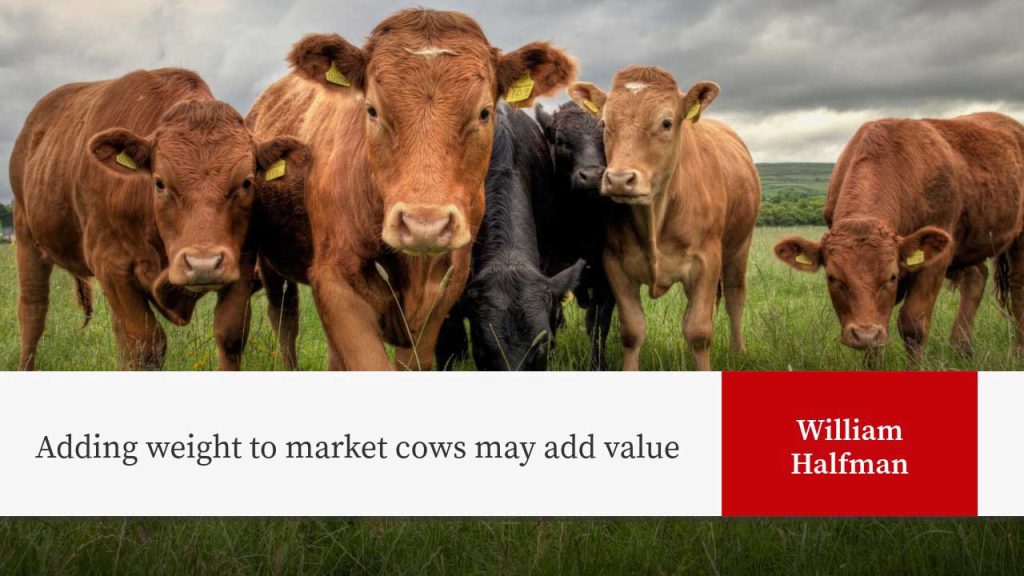
Sales of market (cull) cows make up approximately 20 percent of the gross revenue of beef cow calf operations. Not all market cows are only destined to become ground beef. Prices for market cows reflect the amount and value of retail product a cow is estimated to yield. Those with a body condition score (BCS) of upper 5 or higher will have some whole muscle cuts removed as they are able to meet quality demands for use in retail and restaurant markets. Research has shown that market cows with a BCS 6 maximize the total sellable product.
Several criteria should be considered when deciding if adding weight and condition to market cows makes sense. These criteria include available space and resources at the farm, the initial condition of the cows, current prices and spreads, cost of gain, and potential price seasonality at the expected time of sale. The answer may vary from year to year or season to season.
For optimal performance, cows will need to be clean, dry, and out of the wind. Besides feed, operators need to consider if they have sufficient housing, labor, and resources available for this to be achieved. It is important to account for the non-feed costs associated with owning them.
What do your market cows look like? When evaluating potential to add value, cow condition and health need to be considered. Young (aged 3 or younger), healthy, thinner cows will usually perform best from a gain and feed efficiency standpoint. Thin healthy cows, ages 4 to 8 years old, tend to not perform quite as well as younger cows, but are still candidates for consideration. Extra precautions should be taken with cows older than 8 years of age as this is when they tend to begin to decline and lose efficiency. Reasonable judgement should be taken to avoid higher risk cows, such as those that are very old, have obvious health complications, or those that are rapidly declining condition. If purchasing thin cows to add condition to, take into consideration biosecurity risks for the herd.
Research has shown that cull cow gain and feed efficiency can vary. Cows will not be as efficient as steers and heifers. When feeding a high energy ration to thin cows (BCS 2 to 4) to an end point BCS of upper 5 to 6, a reasonable daily gain estimate is 2.5 to 3 pounds per day. A feed efficiency estimate of those same animals is around 10 pounds of dry matter to 1 pound of liveweight gain. At these estimates it takes 30 to 90 days, depending on how thin they are to begin with, to increase the BCS 1 to 3 points on these cows.
Prices and cost influence the bottom line. Premiums and discounts are not static. Using a BCS score of 5 as a base, or par price, market analysis research has shown that cattle with BCS 2 to 4 were discounted greater than premiums paid for cows with BCS 6 to 8. It may not pay to feed beyond a BCS of upper 5 to 6 to a BCS of 7 or greater due to generally smaller premiums paid relative to BCS 5-6 prices and increased cost of gain due to decreased feed efficiency beyond BCS 6. Price seasonality is also a consideration. Seasonality of market cow prices has been fairly consistent with lower prices later in the fall due to timing with the highest numbers of cull cows being marketed as spring calving herds wean and sort. Prices typically trend back higher going into the new year and through the summer. It is unknown how current historically-low cow numbers may impact seasonality. For spring calving herds, feeding the thin cows for 60 to 90 days would tend to have them marketed early the next year when prices tend to increase. Feeding to sell during the seasonal fall low may not pencil out.
Evaluate your market cows, market conditions, potential costs of gain, and your resources on the farm. There may be an opportunity to increase revenue by putting condition on thin market cows before taking them to market.
This article originally appeared in the October 2025 issue of Wisconsin Agriculturalist Magazine ↗️.
Authors

William Halfman
Beef Outreach Specialist – Bill’s educational programming has focused on beef cattle production and management, agronomic crops and soils production and management, small scale fresh market and bedding plant production, and specialty crop management.
References
- Ahola, J. K., H. A. Foster, D. L. VanOverbeke, K. S. Jensen, R. L. Wilson, J. B. Glaze, Jr., T. E. Fife, C. W. Gray, S. A. Nash, R. R. Panting, and N. R. Rimbey. 2011. Quality defects in market beef and dairy cows and bulls sold through livestock auction markets in the Western United States: II, Relative effects on selling price. J. Anim. Sci. 89:1484-1495.
- Amadou, Z., K.C. Raper, , J.T. Biermacher, , B. Cook,, and C.E. Ward. “Net Returns from Feeding Cull Beef Cows: The Influence of Initial Body Condition Score.” Journal of Agricultural and Applied Economics, 46,1(February 2014):139–155
- Apple, J. K. 1999. Influence of body condition score on live and carcass value of cull beef cows. J. Anim. Sci. 77:2610-2620.
- Apple, J. K., J. C. Davis, J. Stephenson, J. E. Hankins, J. R. Davis, and S. L. Beaty. 1999. Influence of body condition score on carcass characteristics and subprimal yield from cull beef cows. J. Anim. Sci. 77:2660-2669.
- Gessner, H., W. Rusche, A.Blair, H.Carroll. 2020, Chapter 48, Cull and Open Cows, SDSU Extension, https://extension.sdstate.edu/sites/default/files/2021-05/S-0013-48.pdf (Accessed 8-4-25)
- Peel, D.S., and D. Doye. ‘‘Cull Cows Grazing and Marketing Opportunities.’’ Oklahoma Cooperative Extension Service Fact Sheet AGEC613. Stillwater, Oklahoma. Feb. 2017. https://extension.okstate.edu/fact-sheets/cull-cow-grazing-and-marketing-opportunities.html (Accessed 8-4-2025).
Reviewed by:
Travis Meteer, University of Illinois Extension, Beef Specialist; Adam Hartfiel, Beth McIlquham, and Ryan Sterry, UW-Madison Division of Extension, Regional Livestock Educators.


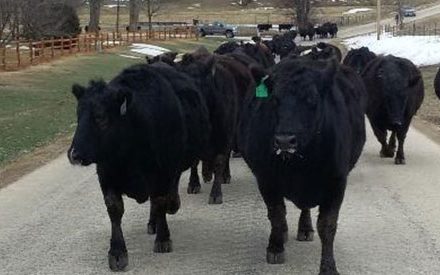 Culling Considerations for Beef Cow-Calf Herd
Culling Considerations for Beef Cow-Calf Herd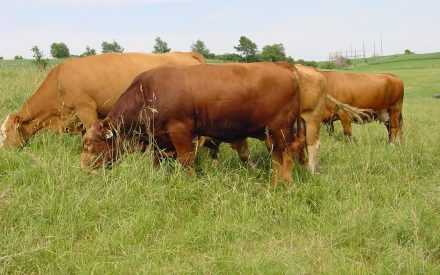 Digging deeper into breeding costs for the beef cow-calf operation
Digging deeper into breeding costs for the beef cow-calf operation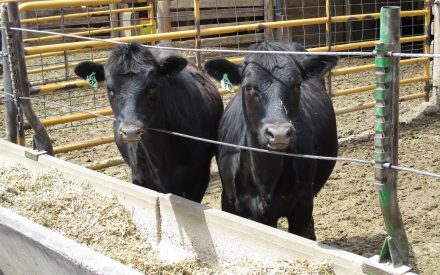 Beef x Dairy Crossbreeding and calf management practices on Wisconsin dairy farms (Part 1)
Beef x Dairy Crossbreeding and calf management practices on Wisconsin dairy farms (Part 1)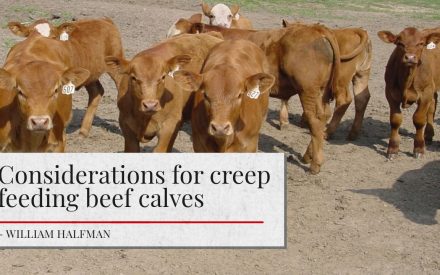 Considerations for creep feeding beef calves
Considerations for creep feeding beef calves


